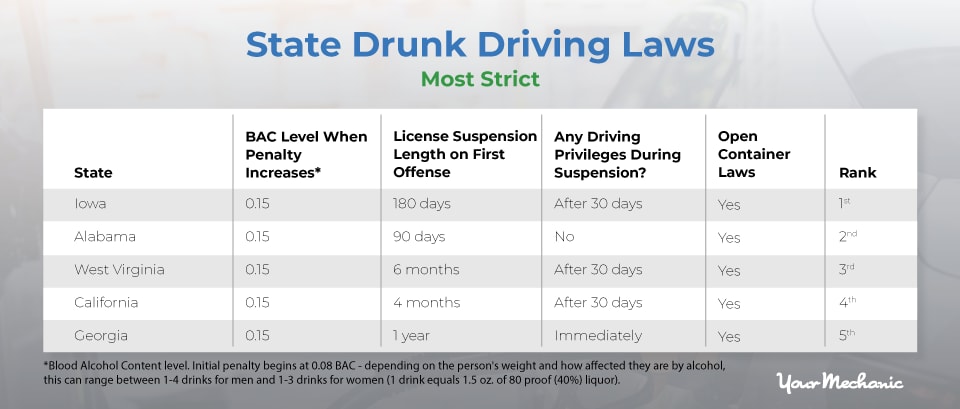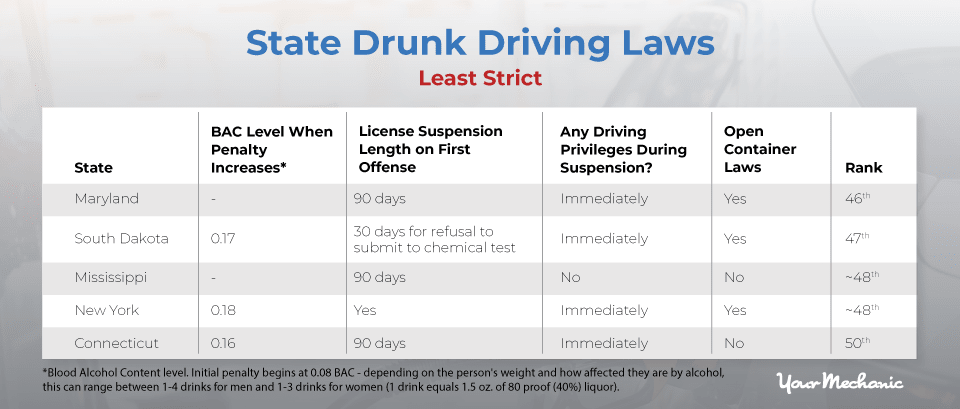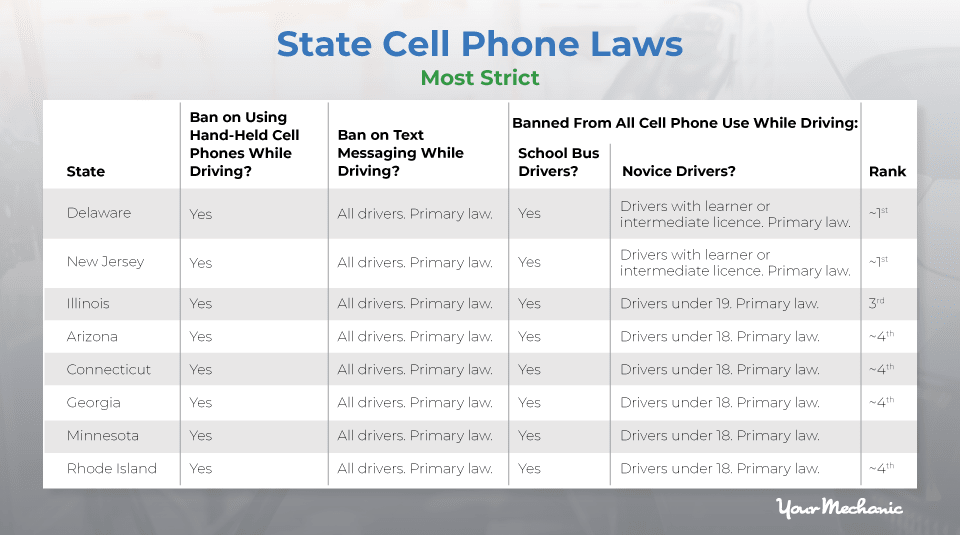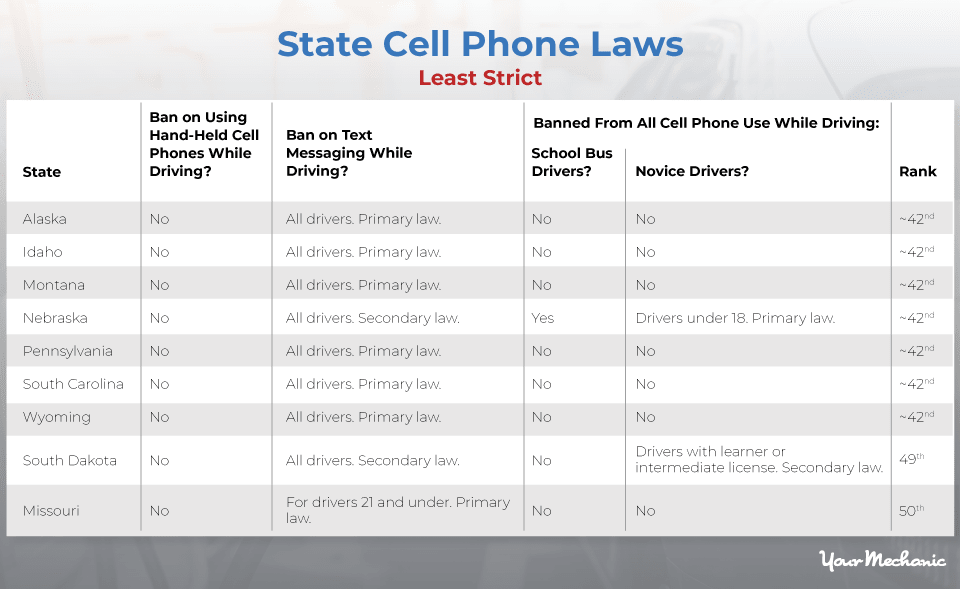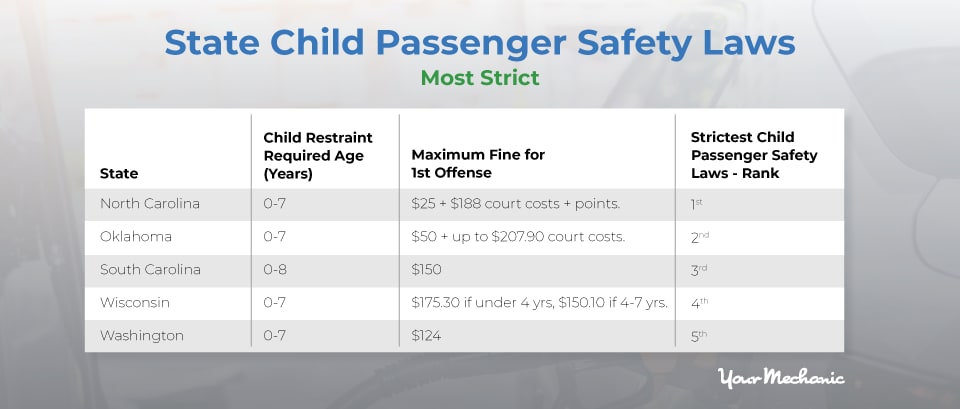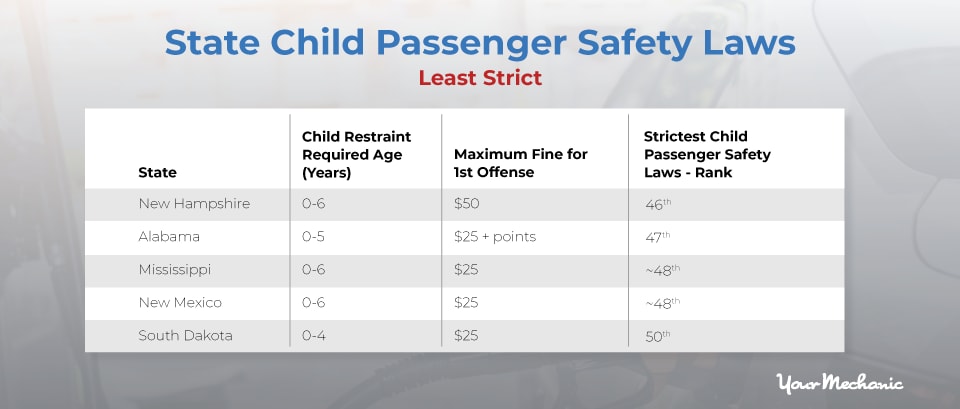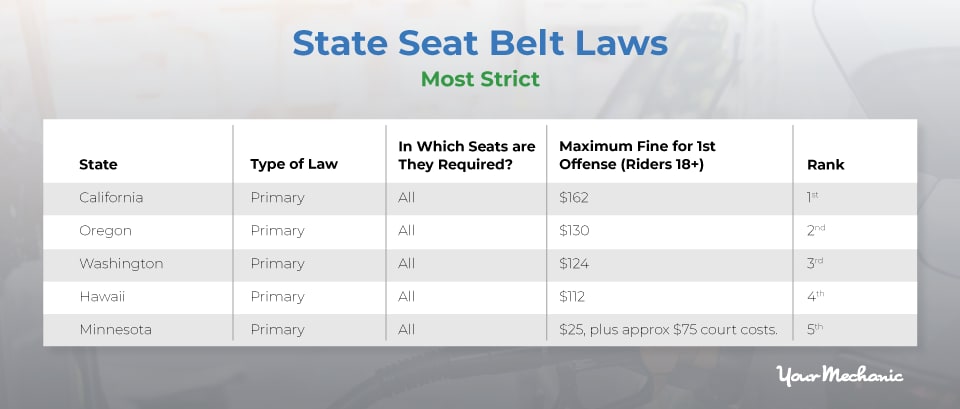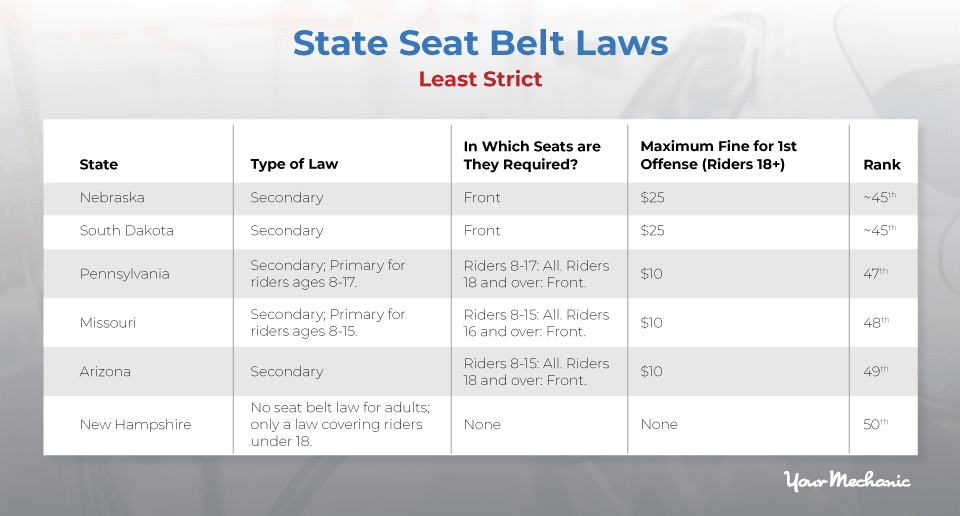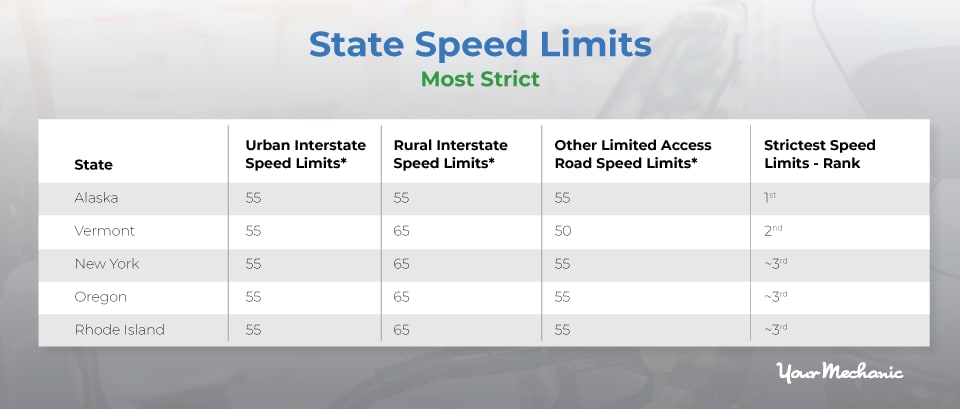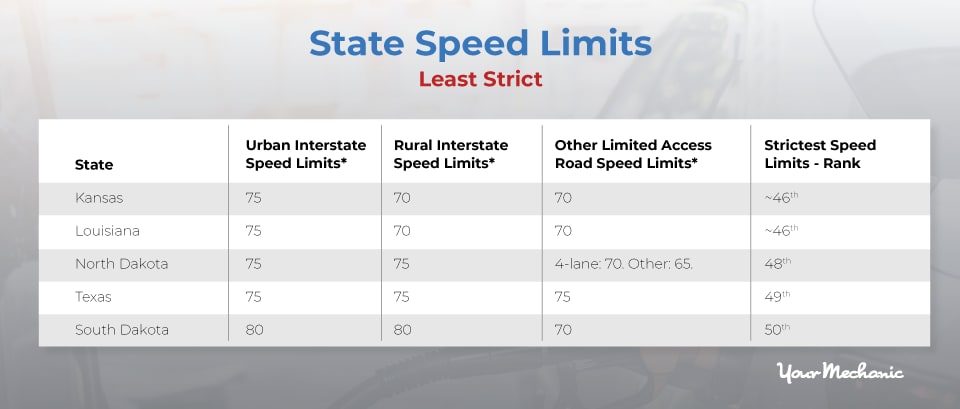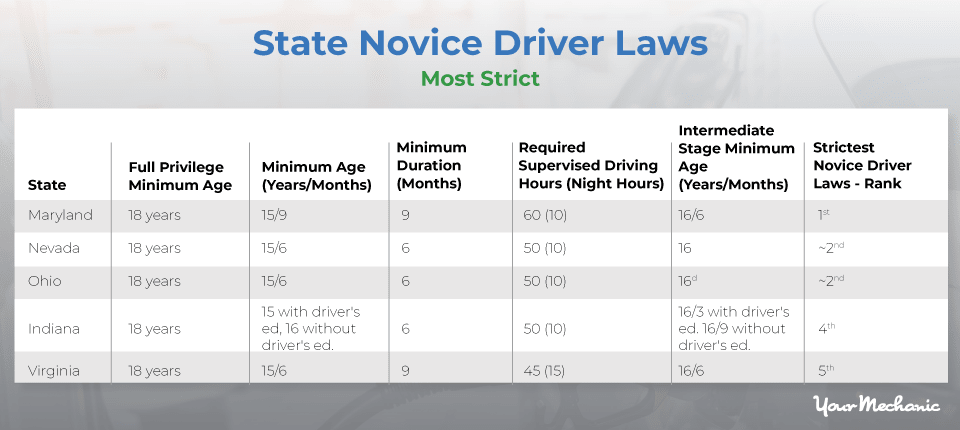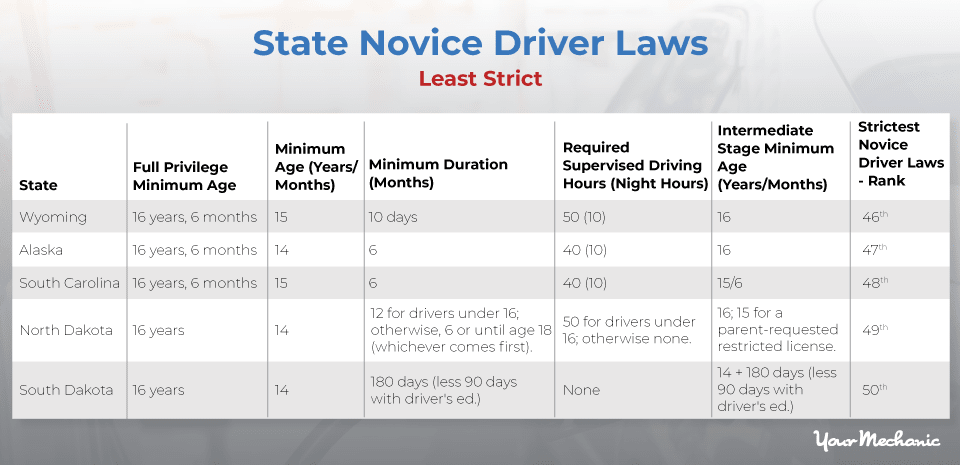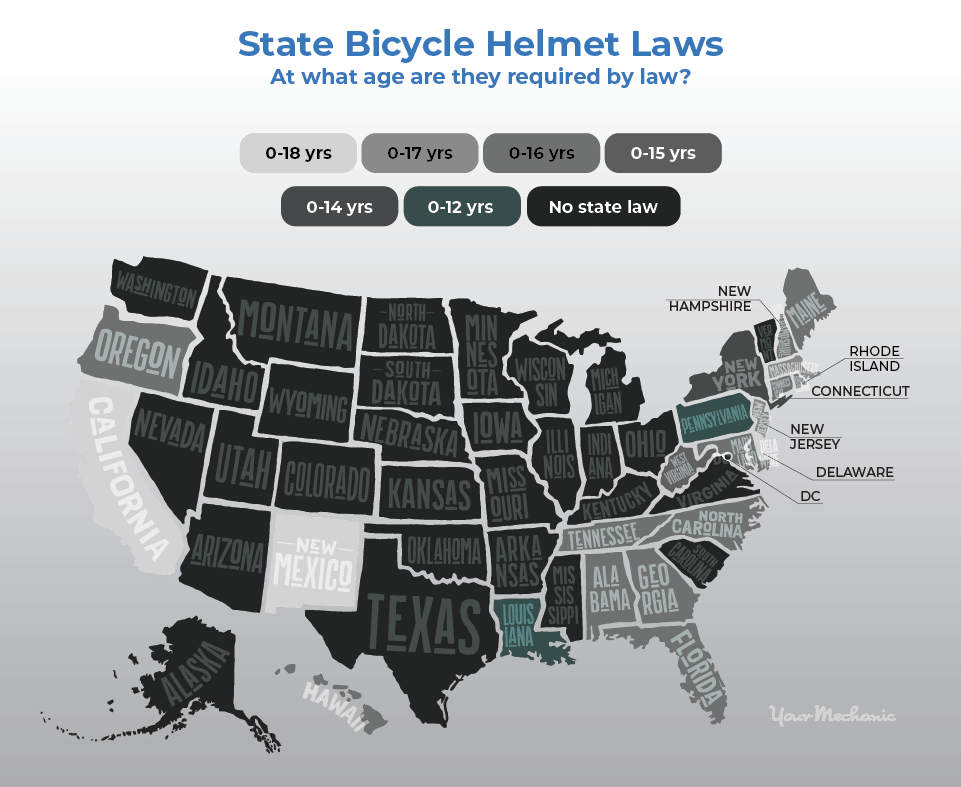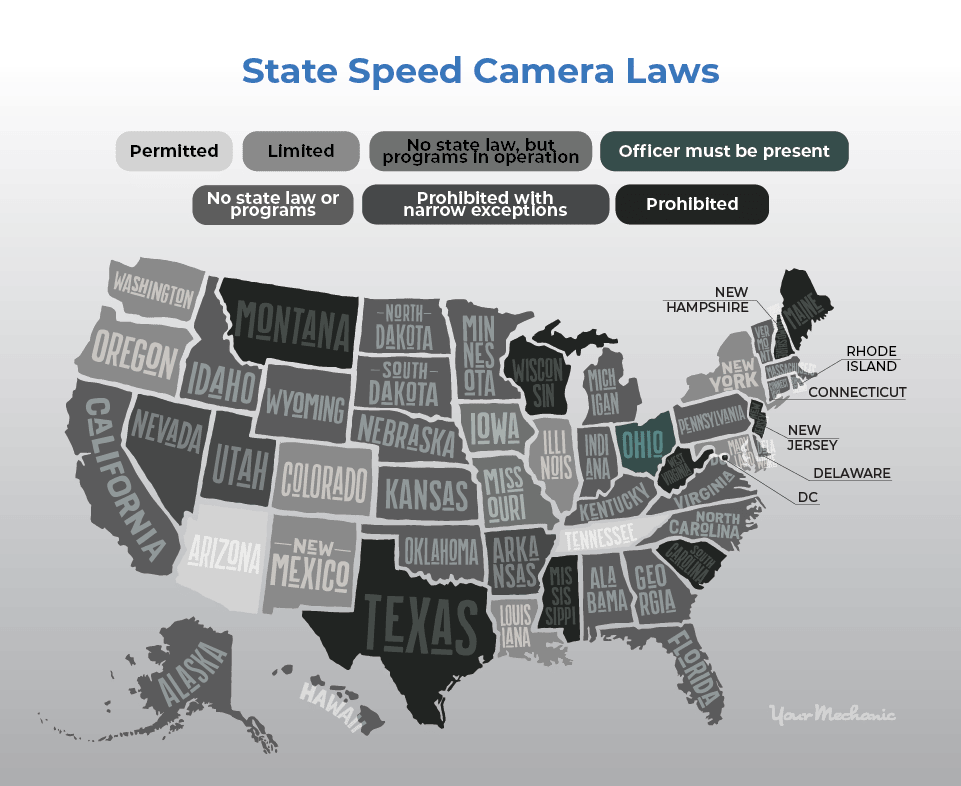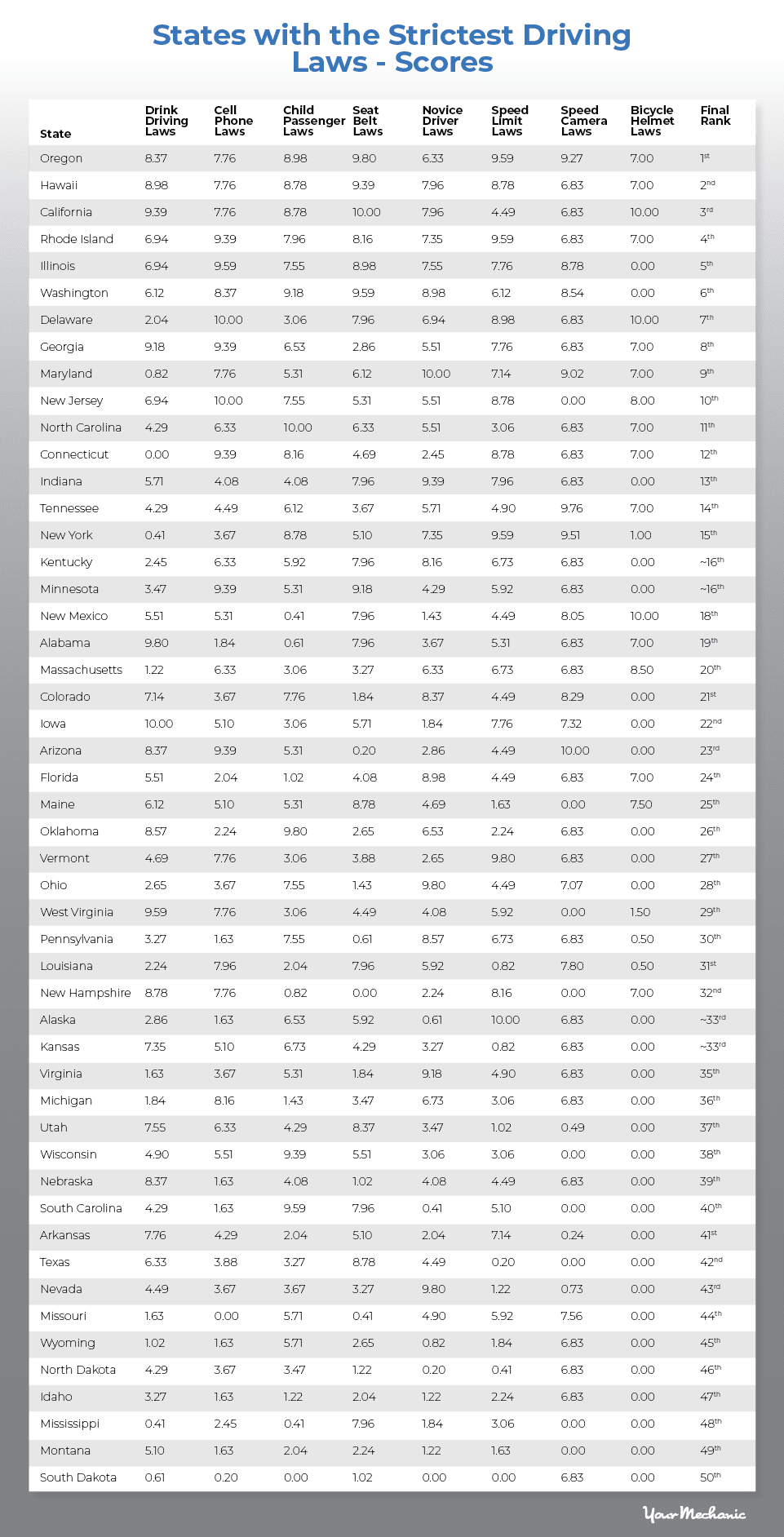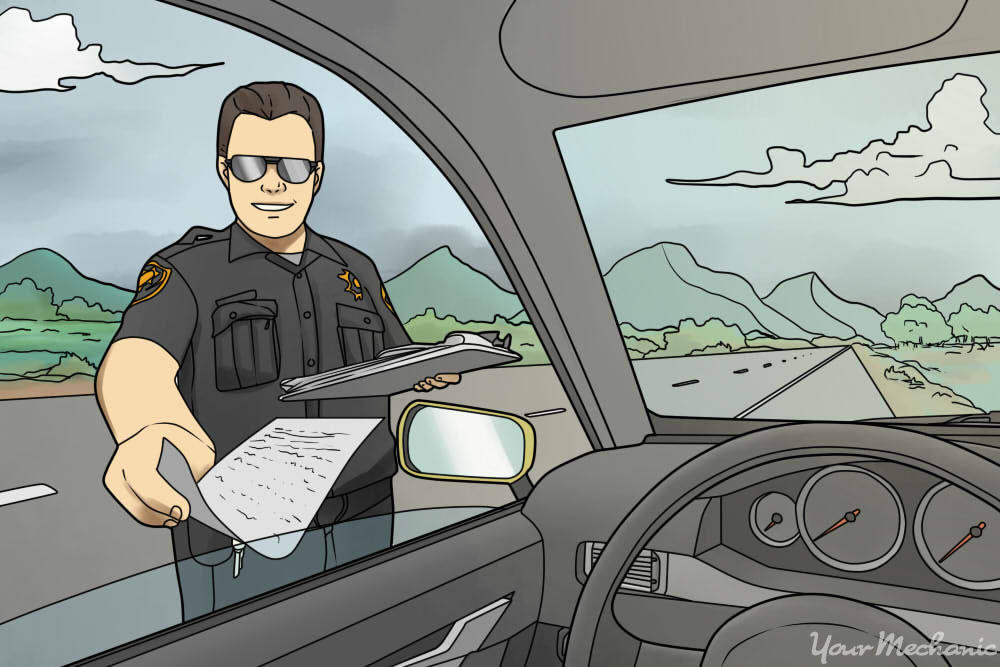

It’s difficult to overstate the massive effect that the invention of the motor vehicle has had on humanity. It has made travel inordinately quicker and easier for people, allowing us to make journeys that would have been far more of an ordeal before their existence. Cars have brought us closer together and let us accomplish things that would be impossible without them.
Despite this, one can’t deny that they have their dangers and that, when it comes to driving, safety should always be taken very seriously. Over the years, each state has built up a plethora of laws relating to driving in order to make America’s roads safer for its people. Some of these laws have made an incredible difference: for instance, a study published by the US Department of Transportation found that the use of seat belts saved approximately 14,955 lives in 2017 alone.
But which states have the most extensive laws? And which states are the most lenient? Through the use of data from the Governors Highway Safety Association, we sought to answer that question. We looked into various aspects of motor vehicle law, including:
- Drunk driving
- Cell phone use
- Child safety
- Seat belts
- Speed limits
- Speed cameras
- Novice drivers
- Cyclists
Read on to find out where your state ranks…
Let’s begin with one of the more serious issues on our list of factors: drunk driving laws. Drinking and driving is incredibly dangerous, so it’s hardly surprising that it’s illegal in every state. Based on the factors shown, the most consistently strict state turned out to be Iowa, while the least strict state was Connecticut, where suspensions are relatively short and offenders are given limited driving provisions immediately after being charged. Meanwhile, Maryland and Mississippi stood out because, unlike most states, they don’t increase the penalty for drunk driving if high BAC is found in the driver’s body.
Something to note is California’s appearance in the top end of the rankings (we’ll be seeing that state quite often throughout this study).
Next, we’ll look into the cell phone laws of each state.
Something very relevant to this study is the question of whether certain laws are primary or secondary. The difference is integral: drivers can be pulled over and given a citation for committing a primary offense, but they can only be given a citation for committing a secondary offense if they’ve already been pulled over for committing a primary offense.
Using your cell phone while driving is a primary or secondary offense depending on which state you’re in. For instance, in Delaware it’s primary: if you’re seen using your phone while driving, you can be pulled over and given a citation (this is part of the reason why Delaware is the strictest state for this factor). However, in Nebraska this law is secondary: you can only be given a citation for using your phone if you’re also seen committing a primary offense, e.g. driving over the speed limit.
Moving on to laws relating to child passengers, North Carolina came in 1st place thanks to the combination of a high restraint requirement age, a rather high monetary fine and the chance that offenders will get points on their license for breaking this law. Meanwhile, California only just missed out on the top five with regards to child safety laws, largely due to its relatively light maximum 1st offense fine. Because of this, the state finished in 7th place.
As you can see, most states seem to require children to wear a safety restraint of some kind up to the age of 7, with a few outliers that require them until the age of 8. However, South Dakota at the bottom end of the rankings only requires a restraint for children up to the age of 4 and has a very light fine for 1st time offenders.
Next, we studied seat belt laws. California found itself in 1st place, due to the combination of its laws being primary, covering the whole car (not just the front seats) and the fact that they have a particularly high maximum fine for offenders.
Something highlighted by this ranking is the fact that many of the less strict states only require 18+ riders to wear seat belts when in the front - there’s no requirement for adult riders to wear seat belts in the back. Despite this, failure to wear a seat belt in the back can be highly dangerous, not just to yourself but also to the person seated in front of you.
In New Hampshire, seat belt laws are even more lax. The state stands out due to it being the only part of the country that doesn’t have a primary or secondary seat belt law for adults – only riders under the age of 18 have to wear seat belts according to state law.
Most states have a variety of speed limits depending on whether the interstate is urban, rural or limited access. Alaska, meanwhile, stands apart in the regard – it seems to have a consistent 55mph speed limit throughout.
At the other end of the rankings, South Dakota is at the bottom once again. In fact, the state allows drivers to travel 25mph faster than Alaskans when on both urban and rural interstates.
State requirements for new drivers are also important. Maryland, Nevada and Ohio fully deserve the top three spots in the novice driver law rankings due to their sheer consistency in terms of the different aspects of this factor. However, Pennsylvania also stands out: not only does it require the highest number of supervised driving hours for its novices, it’s also the only state to require that 5 extra hours are driven in bad weather.
Several states stand apart at the bottom of the rankings. For instance, both North Dakota & South Dakota do not require novices to drive a specified number of supervised driving hours once the driver reaches 16. Meanwhile, New Hampshire is the only state with no requirement in terms of number of months to complete learner stage.
We felt it would also be worth taking a look at laws involving bicycle helmets, since cycling laws are clearly very relevant to road safety. Many parts of US still few requirements regarding cyclists and bicycle helmets. In fact, a total of 29 states have no state laws requiring cyclists to wear them; even those that do have a state law around helmets only require them for younger cyclists of varying ages. Ensuring that you wear a helmet while on bike is very important in case you are caught in an accident– particularly if that accident involves a motor vehicle.
Once again, California is one of the strictest states. Alongside Delaware and New Mexico, bicycle helmets are required for all cyclists under the age of 18. Surprisingly, Illinois and Washington (two states that up to this point have generally ranked well across the different factors in this study) have no laws regarding bicycle helmets.
Methodology
Our next step was to normalize the data in order to find a final score for every state. To do this, we standardized each data point using minmax normalization, giving each state a score out of 10 for all the factors. The exact formula is: Result = (x-min(x))/(max(x)-min(x))
The final results table was enlightening. 1st place was taken by Oregon – despite never reaching 1st for a single factor, the state was highly consistent (it was in the top half of every ranking table and was in the top 20% for five of the factors). Oregon was followed by Hawaii. While not quite as high scoring, it managed a similar level of consistency. California finished in 3rd and, while it didn’t do particularly well with its speed limit laws, it scored full points for its seat belt and bicycle helmet laws.
New Hampshire did surprisingly well, despite having some incredibly lax laws (such as its lack of seat belt laws for over 18s and no requirement that learners drive for a certain number of months before gaining a full license).
Meanwhile, South Dakota’s placement in 50th was far less surprising. The state came dead last for four of the factors and was very near the bottom for three more. The only aspect in which it reached the top half of the rankings were for its seat belt laws.
Do you think our study accurately represents the strictness or leniency of driving laws in your state?
If you’re interested in seeing the study’s full data, click here. You can find the source of the data used by clicking here.


